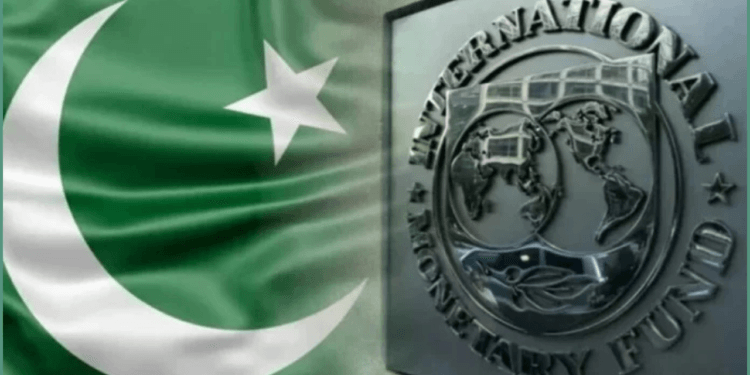ISLAMABAD: In a landmark move, Pakistan and the International Monetary Fund (IMF) have finalized a sweeping trade liberalization plan, aiming to slash weighted average applied tariffs by 43% over the next five years. The agreement, cemented during a virtual meeting last Thursday, will see tariffs drop from 10.6%—currently the third-highest in South Asia—to around 6%, positioning Pakistan as the region’s most open economy to foreign competition.
The tariff reduction strategy unfolds in two phases. Under the revised National Tariff Policy, managed by the Ministry of Commerce, weighted average tariffs will fall to 7.4% by 2030. A further cut to 6% will be achieved through the Auto Industry Development and Export Policy (AIDEP) 2026-30, overseen by the Ministry of Industries, which will lower protective tariffs in the automobile sector starting July next year. This dual approach aims to dismantle long-standing barriers, with the government committing to abolish additional customs duties, slash regulatory duties by 80%, and eliminate concessions under the Customs Act’s fifth schedule. Pakistan and IMF Strike Bold Deal to Slash Tariffs
The plan includes a phased elimination of additional customs duties: the 7% duty on specific goods and the 2% duty on zero-tariff slabs will vanish by July this year, while higher slabs like the 6% duty on 20% tariffs will be phased out by 2030. Regulatory duties, some as high as 90%, will be cut progressively, dropping to as low as 26.5% in some categories by the decade’s end. The auto sector will see its maximum import duty capped at 20% by 2030, fostering affordability and competition.
While the IMF initially pushed for a 5% tariff average, Pakistani officials negotiated a 6% target, securing cabinet approval for the policy by June and implementation in the 2025-26 budget. The government also pledged to limit new regulatory duties and introduce sunset clauses for their eventual removal.
Despite global trends toward protectionism, Pakistan’s bold liberalization aims to spur economic growth, with projections of exports reaching $47 billion and GDP growth hitting 4.6% by 2030. Imports are expected to climb to $84 billion, reflecting a more integrated economy. However, concerns linger over the energy sector’s tariff structure under Customs Chapter 27, with the IMF questioning its role in price adjustments—a point Pakistani officials countered by citing energy market volatility. As the plan unfolds, Pakistan stands at a crossroads of opportunity and risk.

















































